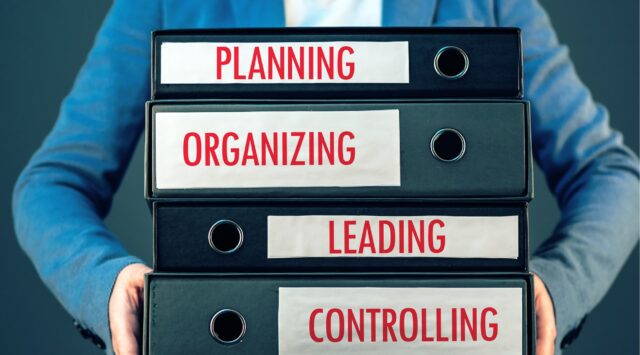

High-energy sales training and coaching are essential to building a motivated and effective sales force. Organizations can create a sales culture that meets and exceeds targets by infusing energy into every aspect of training and ongoing coaching.
This blog will explore the importance of high-energy sales training, how to implement it effectively, and strategies for sustaining that energy to maximize deal wins.
High-energy sales training and coaching are about enthusiasm and creating a dynamic environment where sales professionals are motivated, engaged, and driven to exceed targets.
Exploring the Link Between Energy Levels and Sales Outcomes
Energy directly impacts how sales teams perform during client interactions. When sales professionals are energized, they project confidence, enthusiasm, and a sense of urgency that can be contagious to potential clients.
In a profession where rejection is common, maintaining high energy is crucial for keeping morale high and pushing through challenges. C-level services can play a vital role in offering tailored training solutions that focus on sustaining high energy levels across all sales interactions.
The Benefits of High-Energy Environments in Achieving Sales Targets
A high-energy sales environment fosters a culture of continuous improvement and ambition. Sales professionals in such environments are likelier to take the initiative, experiment with new strategies, and go the extra mile to win deals. This is particularly important in today’s fast-paced market, where adapting and maintaining momentum can make the difference between meeting and exceeding sales targets.
Designing and implementing a high-energy sales training program is crucial for organizations looking to invigorate their sales teams and achieve superior results. The key lies in creating a dynamic training environment that educates and energizes participants, ensuring they are fully engaged and ready to apply what they’ve learned in real-world scenarios.
Steps to Create a High-Energy Culture Within Your Sales Team
To build a high-energy culture, starting with a strong foundation is essential. Begin by setting clear expectations for energy and engagement from the top down. Leaders should model the behavior they wish to see, demonstrating enthusiasm and a commitment to continuous improvement.
Next, infuse your training sessions with activities to maintain high energy levels. This might include short, interactive segments encouraging participation, such as role- playing exercises, quick competitions, or group brainstorming sessions. The goal is to keep the momentum and prevent the typical lull in traditional training formats.
Additionally, incorporating a variety of learning formats can keep the energy up. Blending in-person workshops with online modules, video content, and interactive tools ensures that training is engaging and flexible.
Key Training Activities That Promote Energy and Engagement
To sustain high energy, it’s important to incorporate specific activities that keep sales professionals on their toes and fully engaged. For example:
Leveraging Role-Play, Simulations, and Real-World Scenarios in Training
Role-play and simulations effectively bridge the gap between theory and practice. By mimicking real-world scenarios, these activities help sales teams internalize the high- energy strategies discussed in training and apply them in practical settings. C-level services often emphasize the importance of these methods as they prepare sales professionals to handle the complexities of the sales process with confidence and vigor.
High-energy sales training sets the foundation for success, but to truly maximize deal wins, it’s essential to sustain that energy over the long term through ongoing coaching. Continuous, high-energy coaching ensures that sales professionals remain motivated, sharp, and aligned with the strategies that drive performance.
Continuous Coaching Strategies That Reinforce High-Energy Practices
To keep energy levels high after the initial training, it’s crucial to implement coaching strategies that reinforce what was learned and encourage consistent application in daily sales activities.
Tracking Progress and Adjusting Coaching Techniques to Maintain Momentum
To ensure that high-energy practices are sustained, it’s essential to track progress and be ready to adjust coaching techniques as needed. This requires a systematic approach:
Success Metrics: Measuring the Impact of High-Energy Sales Training on Deal Closure Rates
The ultimate goal of high-energy sales training and coaching is to close more deals and drive revenue growth. Therefore, it’s essential to measure the impact of these efforts through specific success metrics.
High-energy sales training and coaching are vital for driving exceptional performance and achieving consistent success in today’s competitive market. By fostering a culture of energy and engagement, organizations can empower their sales teams to close more deals, shorten sales cycles, and generate sustained revenue growth. However, maintaining that energy through continuous coaching and adapting strategies as needed is the key to long-term success.
If you’re ready to elevate your sales team’s performance with high-energy training and expert coaching, CLS can help. Our C-level consulting services are designed to tailor training programs that keep your sales force motivated and aligned with your business goals. Contact CLS today to discover how we can partner with you to transform your sales strategy and drive exceptional results.


